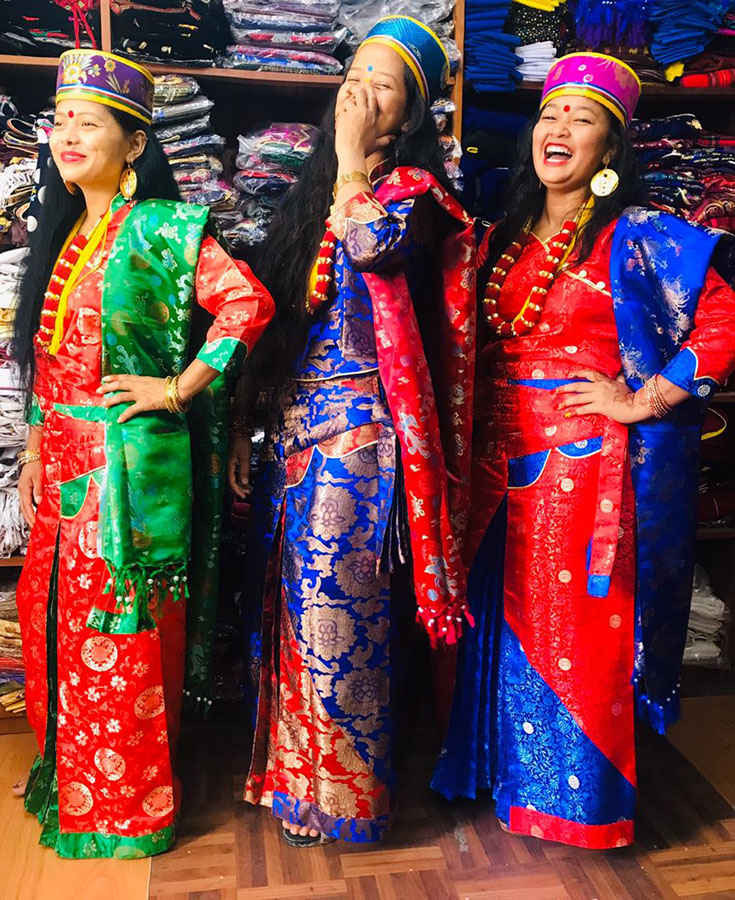Embark on a captivating journey through time as we unravel the intricate tales interwoven into the fabric of traditional dresses. More than just garments, these pieces of attire are living expressions of culture, heritage, and identity.
Traditional dresses serve as cultural artifacts, reflecting the unique histories and stories of communities across the globe. Each stitch, pattern, and color holds significance, telling a narrative that spans generations. In regions like India, the vibrant hues of sarees represent diverse states, while the intricate embroidery narrates local folklore.The evolution of traditional dresses often mirrors societal changes. From ceremonial attire to everyday wear, these garments adapt to reflect shifting norms and values. In Japan, the kimono, with its elegant designs, embodies a timeless aesthetic that has transitioned through centuries.Symbols and motifs embedded in traditional dresses carry profound meanings. They may signify fertility, prosperity, protection, or spirituality. The Maasai people of East Africa, for instance, use vibrant beadwork on their clothing to communicate social status, age, and even marital status.Craftsmanship plays a pivotal role, with skilled artisans passing down their expertise through generations. The intricate handwork and embroidery seen in traditional dresses are a testament to the dedication and artistry of these craftspeople.Moreover, traditional dresses often play a role in ceremonies and celebrations, acting as a visual manifestation of cultural pride and unity. The donning of such attire during festivals reinforces a sense of belonging and shared identity.

